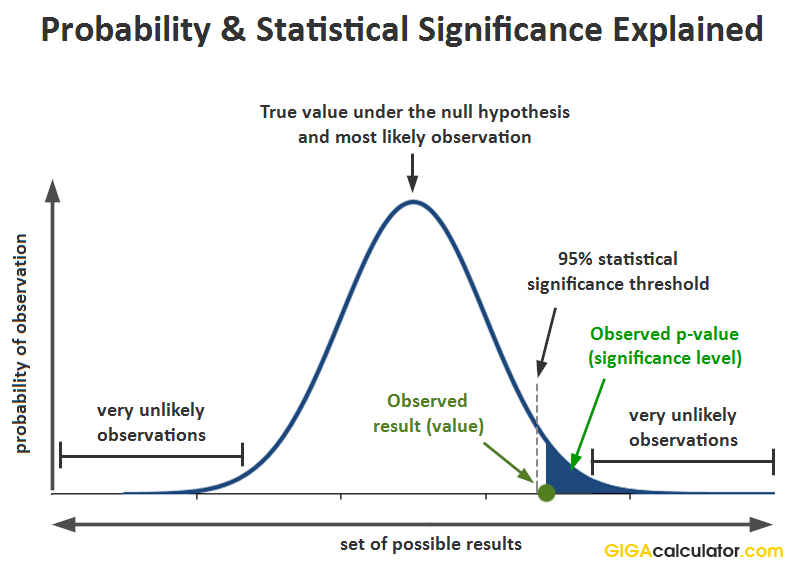
If the p-value is > Alpha Risk, fail to reject the Ho (null hypothesis) If the p-value is < Alpha Risk, reject the Ho (null hypothesis) and the data can be assumed normal.
Then fill in the standard deviation, the sample mean, x ¯, the sample size, n, the hypothesized population mean 0, and indicate if the test is left tailed, <, right tailed, >, or two tailed. Another method of making a decision in a hypothesis test is by comparing the calculated p-value to the alpha risk.Select if the population standard deviation,, is known or unknown. Use the below hypothesis testing calculator to estimate the p value based on population mean using the Hypothesis Test. However, the final decisions depends on the output of null hypothesis test. # data: c(gr_b_or, gr_a_or) out of c(gr_b_vt, gr_a_vt) hypothesis test for a population mean given statistics calculator. The test is used to make the final yes or no decision by analysing the null hypothesis and alternative hypothesis of a population. # 2-sample test for equality of proportions without continuity correction The calculator not only calculates the p-value (p 0.0187) but it also calculates the test statistic (z-score) for. That said, if we wanted to recreate the manually computed CIs shown above through prop.test, we could use: prop.test(x=c(gr_b_or, gr_a_or), n=c(gr_b_vt, gr_a_vt), In general, one-sided confidence intervals are a bit harder to explain to non-mathematicians so I would not invest the time showing them.

Notice that this is a two-sided confidence interval, the one we got by prop.test above is one-sided because we simply care to check if the $p_b$ is greater than $p_a$. This approximation and other handy ones can be found in Agresti & Caffo (2000) " Simple and Effective Confidence Intervals for Proportions and Differences of Proportions Result from Adding Two Successes and Two Failure".

That said, I think the presented $z$ values are a bit off.

First of all, I would suggest presenting confidence intervals instead of $p$-values.


 0 kommentar(er)
0 kommentar(er)
